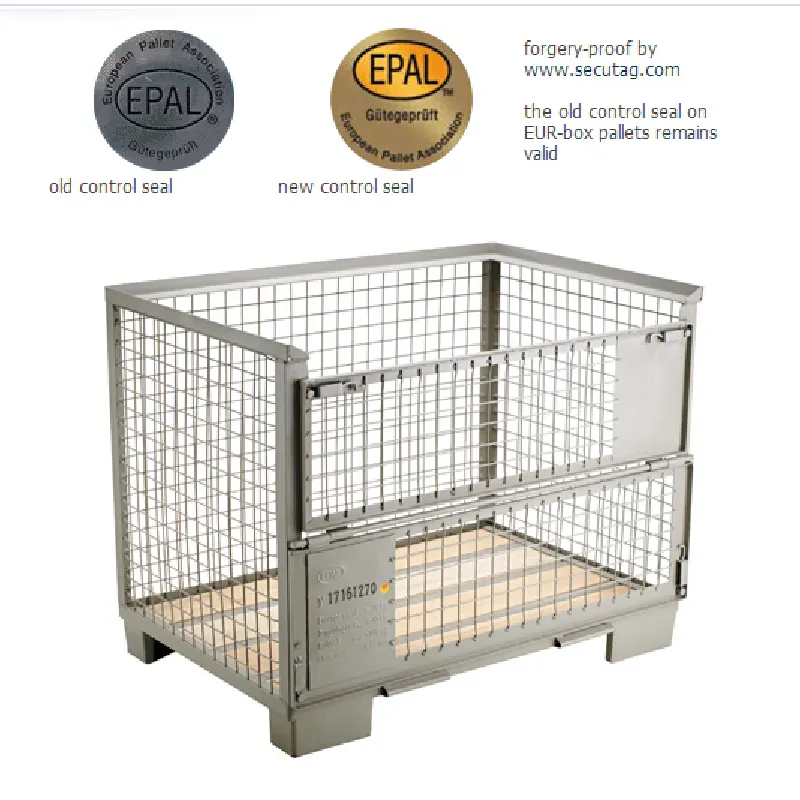Innovative Seal Designs for Efficient Butterfly Valve Functionality and Performance Optimization
Seal Butterfly Valve An Essential Component in Fluid Control
In numerous industrial applications, fluid control is a critical factor that can determine the efficiency and safety of operations. Among the many types of valves used to regulate fluid flow, the seal butterfly valve stands out for its unique features and advantages. This article explores the construction, functionality, and applications of seal butterfly valves in various industries.
A seal butterfly valve consists primarily of a circular body with a rotating disc, which is mounted on a shaft
. When the valve is closed, the disc seals against a seat within the valve body, preventing fluid from passing through. When the valve is opened, the disc rotates and allows fluid to flow either in one direction or both, depending on the design. The simplicity of the design allows for quick operation and minimal pressure drop, making it an efficient choice for many systems.One of the key advantages of seal butterfly valves is their compact size and lightweight structure. Unlike traditional valves, which can be bulky and heavy, butterfly valves can be easily installed in tight spaces. This feature is particularly beneficial in industries such as pharmaceuticals and food processing, where maintaining a sanitary environment is crucial. The smooth surface of the seals used in these valves helps to prevent the accumulation of contaminants, ensuring that the fluids remain pure and free from contamination.
seal butterfly valve

The sealing mechanism of butterfly valves is another important aspect that enhances their performance. Seal butterfly valves are often equipped with resilient seals made from materials such as EPDM, nitrile, or PTFE, depending on the application requirements. These materials provide reliable sealing capabilities, ensuring that no fluid leaks occur during operation. The effective sealing also allows these valves to handle a wide range of temperatures and pressures, making them suitable for various environments.
Seal butterfly valves are commonly used in a broad range of applications, including in water treatment plants, HVAC systems, chemical processing, and oil and gas industries. Their ability to handle different types of fluids, including corrosive substances, is a major reason for their widespread use. In the water treatment sector, for instance, butterfly valves are utilized to regulate water flow and maintain system pressure.
Moreover, the ease of operation associated with seal butterfly valves allows for automation. Many of these valves can be integrated with electric or pneumatic actuators, enabling remote control and precise flow regulation. This automation capability is especially important in large-scale operations, where manual control may be impractical.
In conclusion, the seal butterfly valve is an essential component in the realm of fluid control. With its compact design, reliable sealing, and versatility, it plays a significant role in various industrial applications. As industries continue to evolve and demand more efficient fluid handling solutions, the popularity and importance of seal butterfly valves are likely to grow, solidifying their place as a pivotal part of modern engineering practices.
-
The Smarter Choice for Pedestrian AreasNewsJun.30,2025
-
The Gold Standard in Round Drain CoversNewsJun.30,2025
-
The Gold Standard in Manhole Cover SystemsNewsJun.30,2025
-
Superior Drainage Solutions with Premium Gully GratesNewsJun.30,2025
-
Superior Drainage Solutions for Global InfrastructureNewsJun.30,2025
-
Square Manhole Solutions for Modern InfrastructureNewsJun.30,2025
-
Premium Manhole Covers for Modern InfrastructureNewsJun.30,2025
